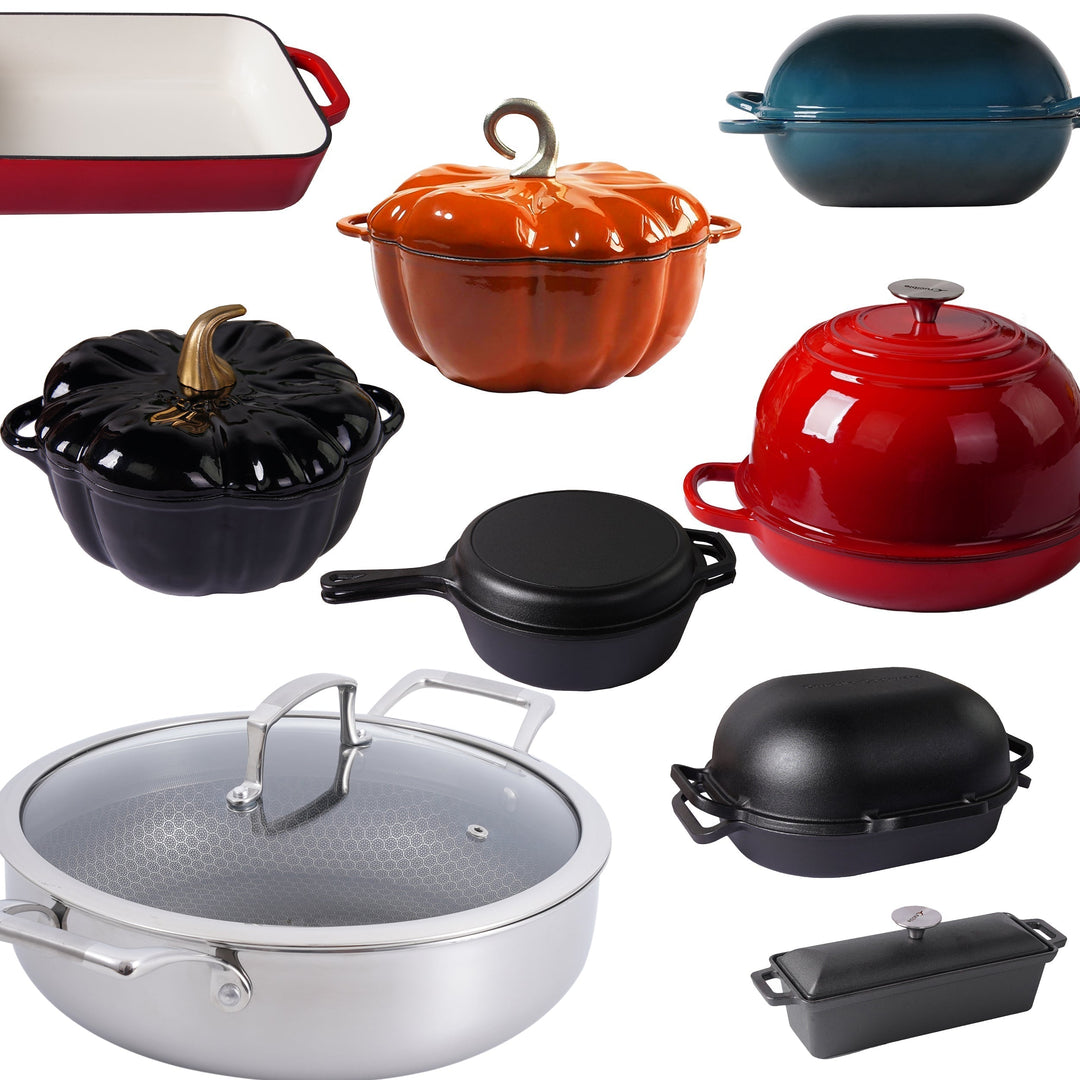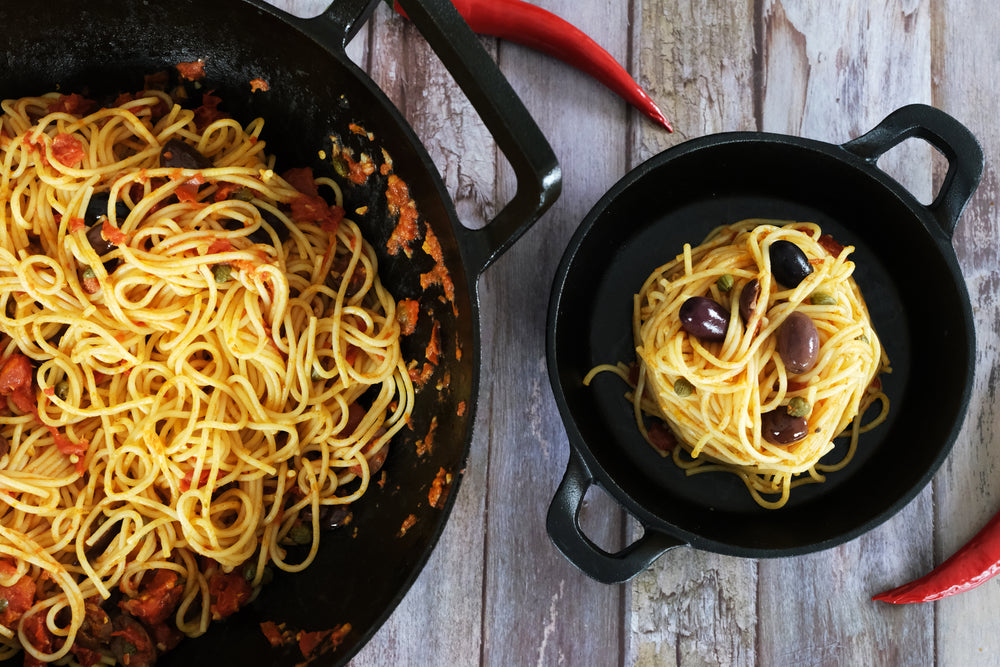Kunsten med ovnspring: Å oppnå perfekt håndverksbrød

Oven spring er en av de mest ettertraktede egenskapene i håndverksbrødbaking. Dette magiske øyeblikket skjer når deigen hever seg dramatisk i løpet av de første minuttene av bakingen, noe som resulterer i et vakkert utvidet brød med en luftig krumme og en sprø, gyllen skorpe. Å forstå oven spring, hvorfor det er ønskelig, og hvordan man oppnår det kan løfte dine brødbakeferdigheter til nye høyder.
Hva er Oven Spring?
Oven spring refererer til den raske heving av brøddeig når den først settes inn i en varm ovn. Under denne innledende fasen av bakingen får varmen gassene fanget i deigen til å utvide seg, og gjæraktiviteten akselererer før den til slutt dør ut på grunn av varmen. Kombinasjonen av disse faktorene får deigen til å heve raskt, noe som resulterer i et lett og luftig brød med en åpen krummestruktur. Denne prosessen varer vanligvis i de første 10-15 minuttene av bakingen.
Hvorfor er Oven Spring ettertraktet?
Oven spring er høyt verdsatt blant bakere av flere grunner:
-
Estetikk: En godt utviklet oven spring gir brødet sin karakteristiske kuppelform og tydelige "øre" eller snittmerker. Denne visuelle appellen er et kjennetegn på håndverksbrød.
-
Tekstur: Den raske utvidelsen skaper en åpen og luftig krumme, som er et tegn på godt fermentert deig. Denne teksturen er ideell for å fange opp pålegg, oljer og andre toppinger.
-
Skorpe: En god oven spring hjelper til med å danne en sprø, godt brunet skorpe, som tilfører brødet smak og spisekvalitet.
Hvordan oppnå perfekt oven spring
Å oppnå perfekt oven spring innebærer en kombinasjon av riktig deighåndtering, fermentering og bakingsteknikker. Her er noen viktige faktorer å vurdere:
-
Riktig deigfermentering:
- Hydrering: Høyere hydratiseringsnivåer kan fremme bedre oven spring ved å skape en mer elastisk deig. Siktemålet er et hydratiseringsnivå på 70-80 % for de fleste håndverksbrød.
- Eltning og folding: Utvikle gluten-nettverket gjennom elting eller folding. Dette hjelper deigen å fange gasser og holde formen under hevingen.
- Bulkfermentering: Gi tilstrekkelig tid til bulkfermenteringsfasen. Dette lar gjæren produsere nok karbondioksid, som bidrar til oven spring.
-
Forming og rissing:
- Stram forming: Form deigen stramt for å skape overflatespenning. Dette hjelper deigen å holde formen og styrer utvidelsen oppover under baking.
- Rissing: Riss deigen med en skarp kniv (lame) rett før baking. Riktig rissing lar deigen utvide seg kontrollert og skaper de vakre "ørene".
-
Forvarming og damping:
- Forvarm ovnen: Sørg for at ovnen er fullstendig forvarmet til ønsket baketemperatur (vanligvis 450-500°F eller 230-260°C). En varm ovn gir det første varmeutbruddet som trengs for god oven spring.
- Bruk damp: Tilfør damp i ovnen i løpet av de første minuttene av bakingen. Damp holder skorpen myk, slik at deigen kan utvide seg fullt ut før den stivner. Du kan oppnå dette ved å plassere en panne med vann i ovnen eller bruke en sprayflaske til å spraye ovnsveggene.
-
Kokeutstyr:
- Dutch Oven: Baking i en forvarmet Dutch oven kan skape et ideelt miljø for oven spring. Det lukkede rommet fanger damp, som etterligner en profesjonell brødovn.
- Bakestein eller stål: Å bruke en bakestein eller stål hjelper med å opprettholde høy og jevn varme, noe som fremmer bedre heving. Plasser steinen eller stålet i ovnen under forvarming.
- Bakeplate med damp: Hvis du ikke har en Dutch oven, kan du bake på en bakeplate og skape damp ved å plassere en brett med vann eller isbiter på ovnsbunnen.

Ved å mestre disse teknikkene kan du oppnå imponerende oven spring og bake håndverksbrød med en herlig tekstur og utseende. Eksperimenter med ulike hydratiseringsnivåer, fermenteringstider og bake metoder for å finne det som fungerer best for deg.
















Legg igjen en kommentar